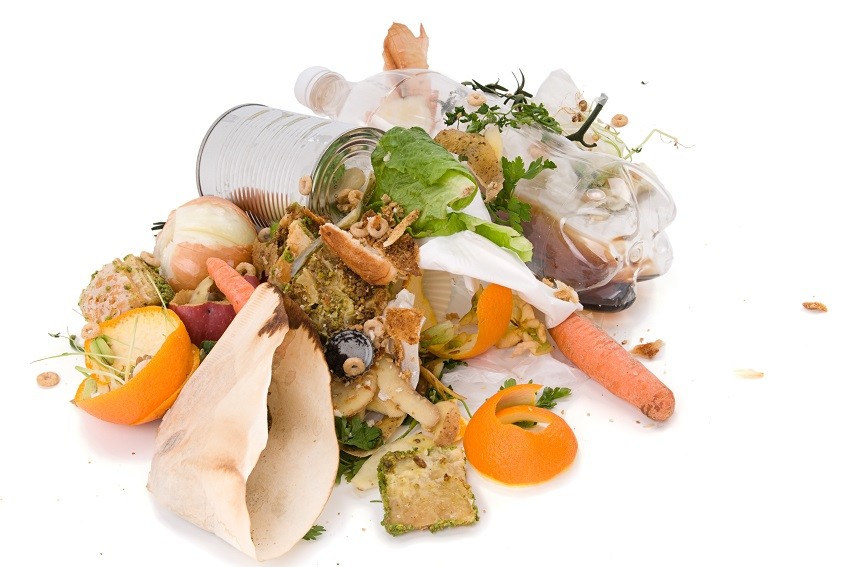Think Twice: The True Cost of Food Waste

In January, France became the first country in the world to make food waste illegal. Under the new law, supermarkets larger than 400m2 are contractually bound to donate their food ‘waste’ to charity, or face fines of $6,000.
Food ‘waste’ in these instances is any food that is safely edible, but which is nearing its expiry date. Previously, this food would have been thrown away, and sometimes deliberately spoiled with bleach to stop hungry people foraging in supermarket bins. The pressure is now on other countries in the European Union to follow suit. Here in Australia we don’t seem to have quite arrived at the legal upheaval stage, but the issue of food waste is certainly gaining traction. Rightly so too, given that we waste more food per person than France. In fact, Australians waste 20 percent of the food we buy every year. That’s like leaving the supermarket and throwing one out of every five of your shopping bags straight in the bin. It equates to an annual cost of over $1,000 per household. A waste audit right here in South Australia’s City of Burnside revealed that food made up 42 percent of bin contents. Those with household incomes over $100,000 per annum, 18 to 24 year olds, and families with children are the worst o ffenders. The most common reason for food waste? Well, there are a few, but they can essentially be distilled to one common theme: failure to plan. Or, for some perhaps, inability to plan. That is, unexpected dinners out, take-away food instead of using what is in the fridge, shopping without a list, or preparing more food than is needed. The Western culture of excess is, of course, far from blameless. In the developing world, over 40 percent of food loss occurs during the transport, preparation or distribution stages. In industrialised countries though, this same amount is lost because of retailers and consumers throwing edible food away. Indeed, our insistence on cosmetically perfect fruit and vegetables means that between 20 to 40 percent of fresh produce is wasted before it even reaches the supermarket shelves. The social cost of this waste at a time when more than 800 million people across the globe are chronically hungry, is staggering. As the director-general of the Food and Agriculture Organisation of the United Nations, Jacques Diouf, stated, “Feeding the world’s hungry could be achieved with around US$30 billion yet, in a single country, food wastage can amount to US$100 billion annually.” There are also signi ficant environmental consequences associated with food waste. When food is wasted, the resources that contributed to the production of that food are also wasted, including land, water, and energy. For example, wasting just 1kg of beef also wastes the 50,000 litres of water used for production. Food waste, of course, ends up as landfill, with approximately half of Australian land fills made up of food waste. This decomposing waste releases methane, a greenhouse gas more than 25 times the potency of carbon dioxide, making food waste the second largest source of methane and a signi fcant contributor to global warming – arguably one of the greatest threats to our survival. So what can be done? At an individual level, plan ahead by shopping with a list, control your portions, compost your waste, and learn how to use, store or preserve commonly wasted foods like bread, fresh produce, and meat. Educate yourself on the meaning of food expiration dates, which are more often about preserving the reputation of the food company than about the food being safe for consumption. Businesses can register with food rescue companies, like OzHarvest, SecondBite or REAP, which collect excess food for redistribution to those in need. If we go the way of the French, supermarkets not yet on board with reducing food waste (though many already are) may find their hand forced by the introduction of legal requirements to ‘rescue’ food. Perhaps in time, ‘trash-to-table’ will constitute more than just a disconcertingly named dining trend, but a legal imperative. Dr. Jessica L Paterson Senior Research Fellow